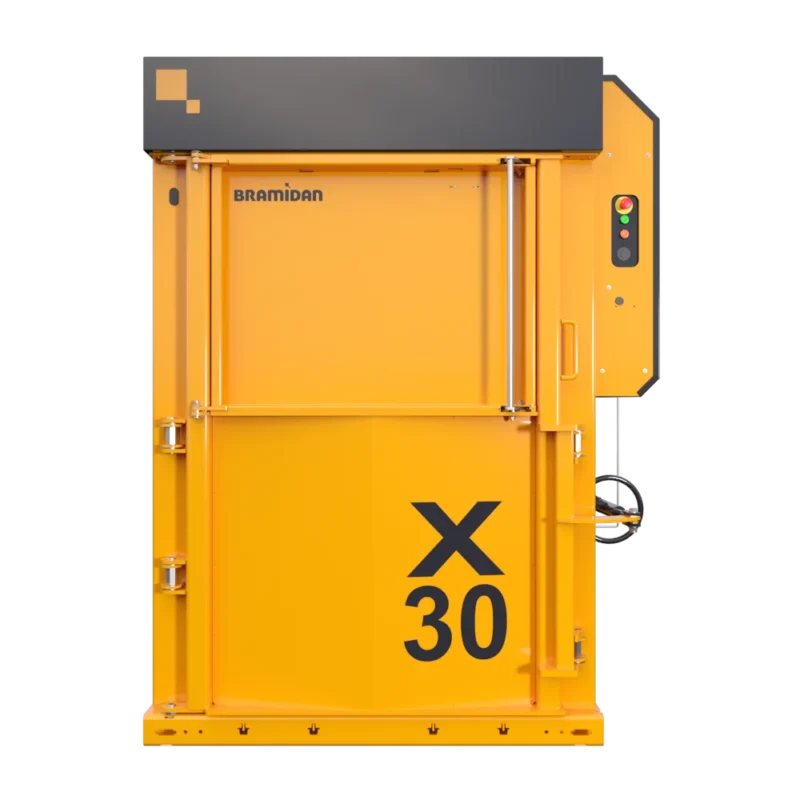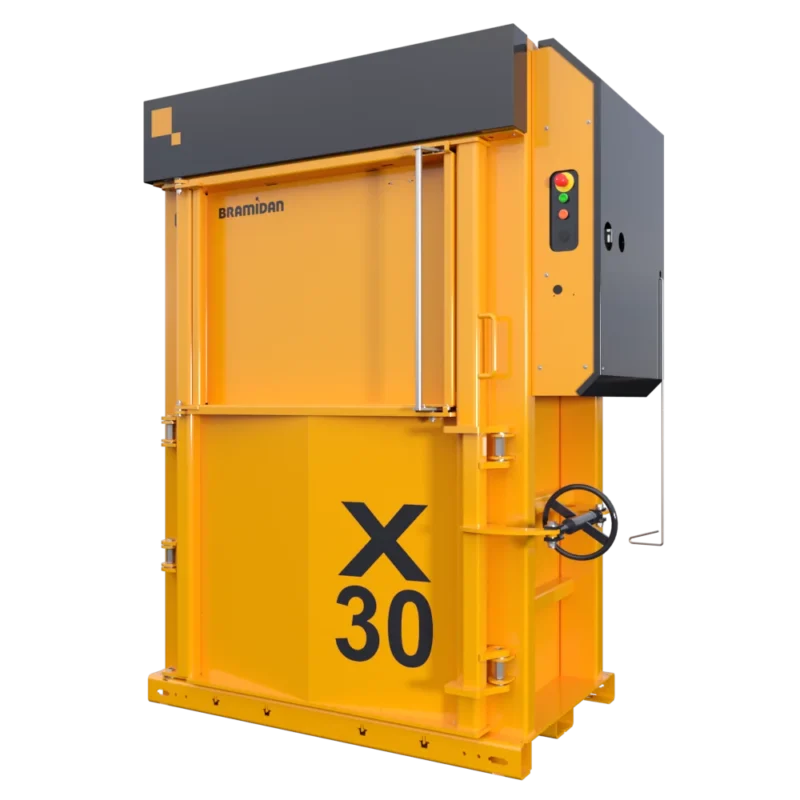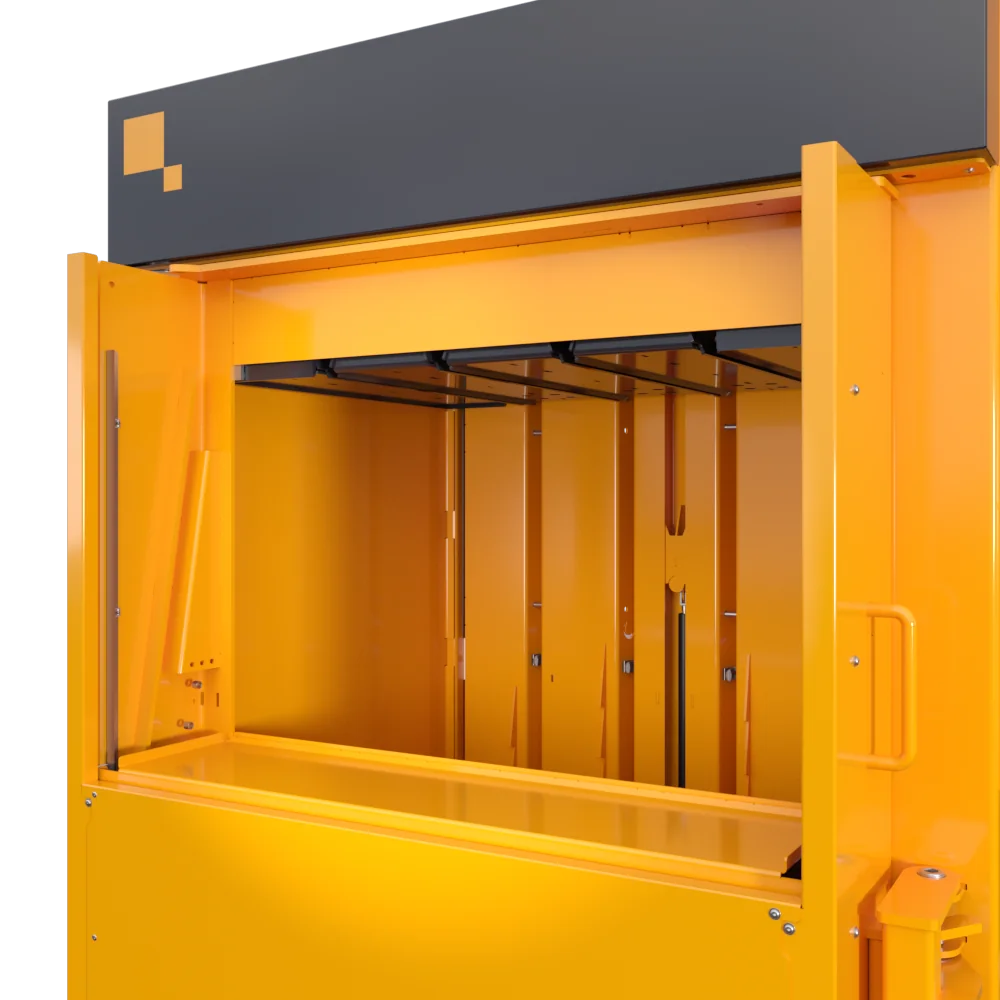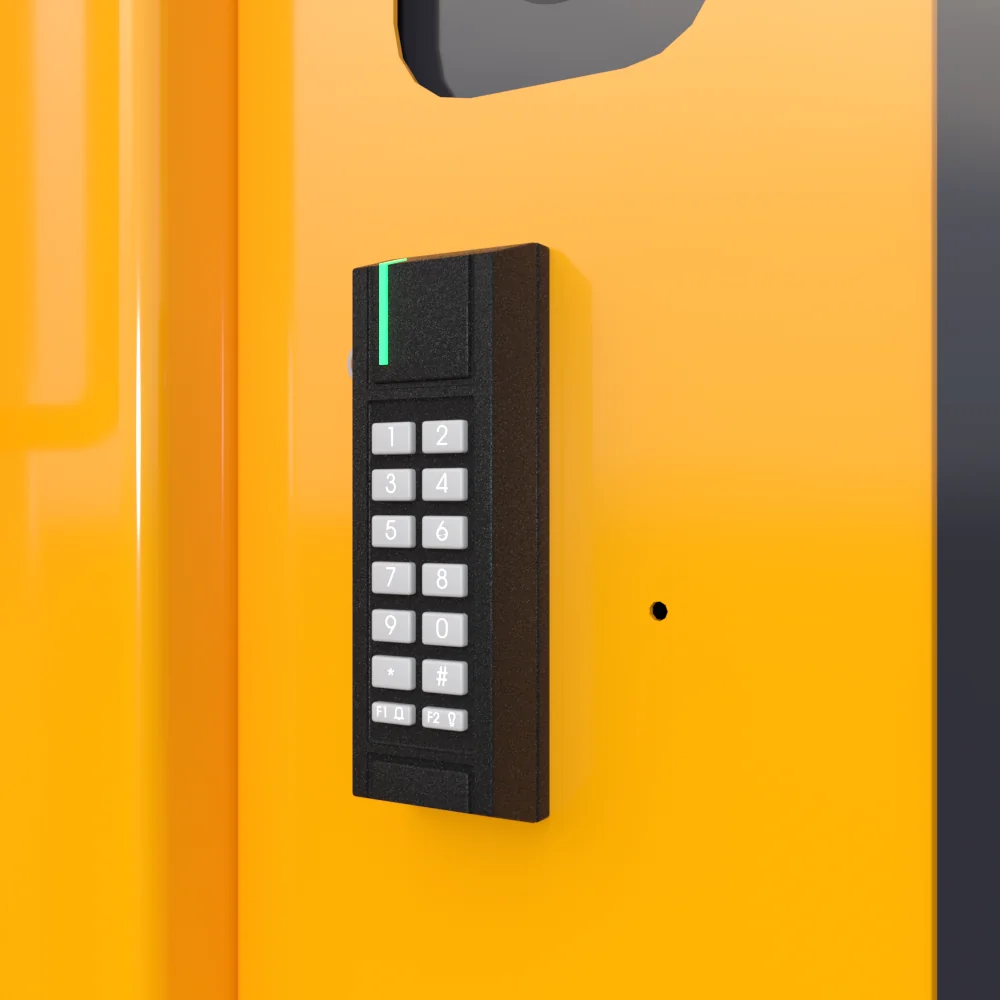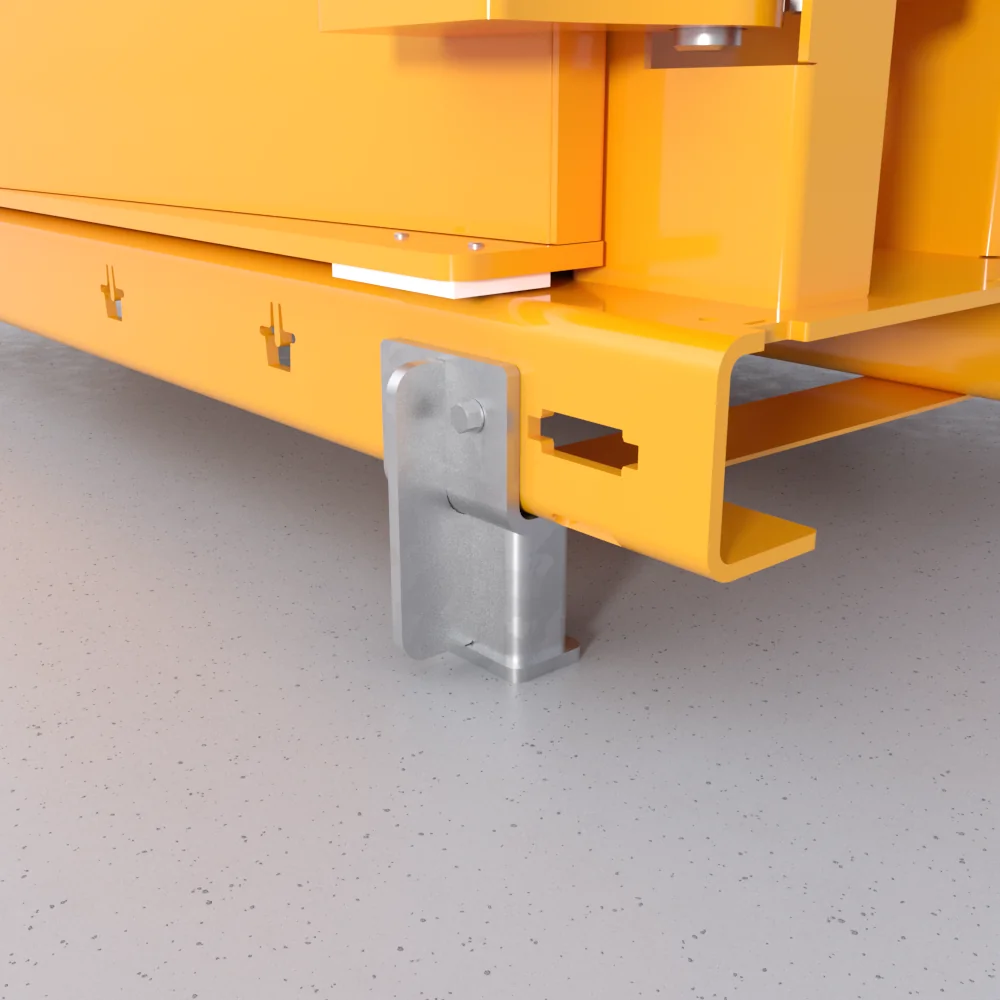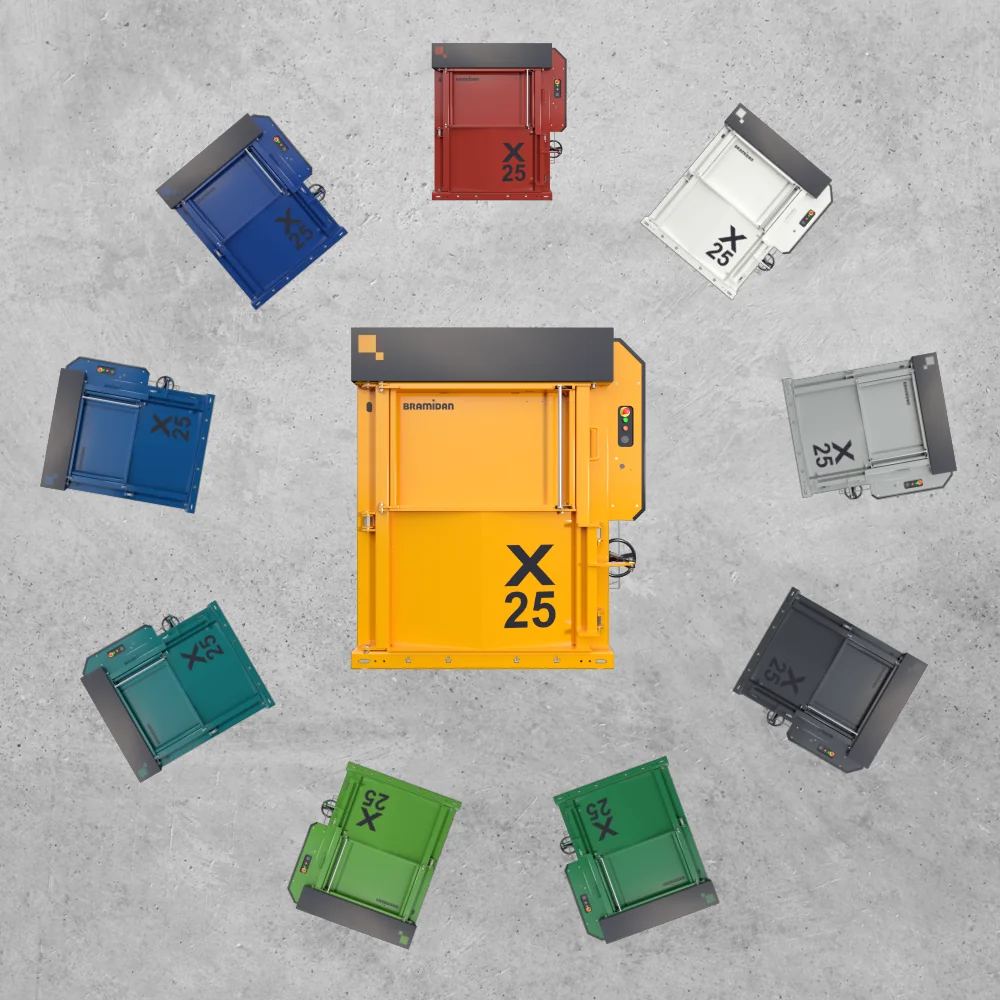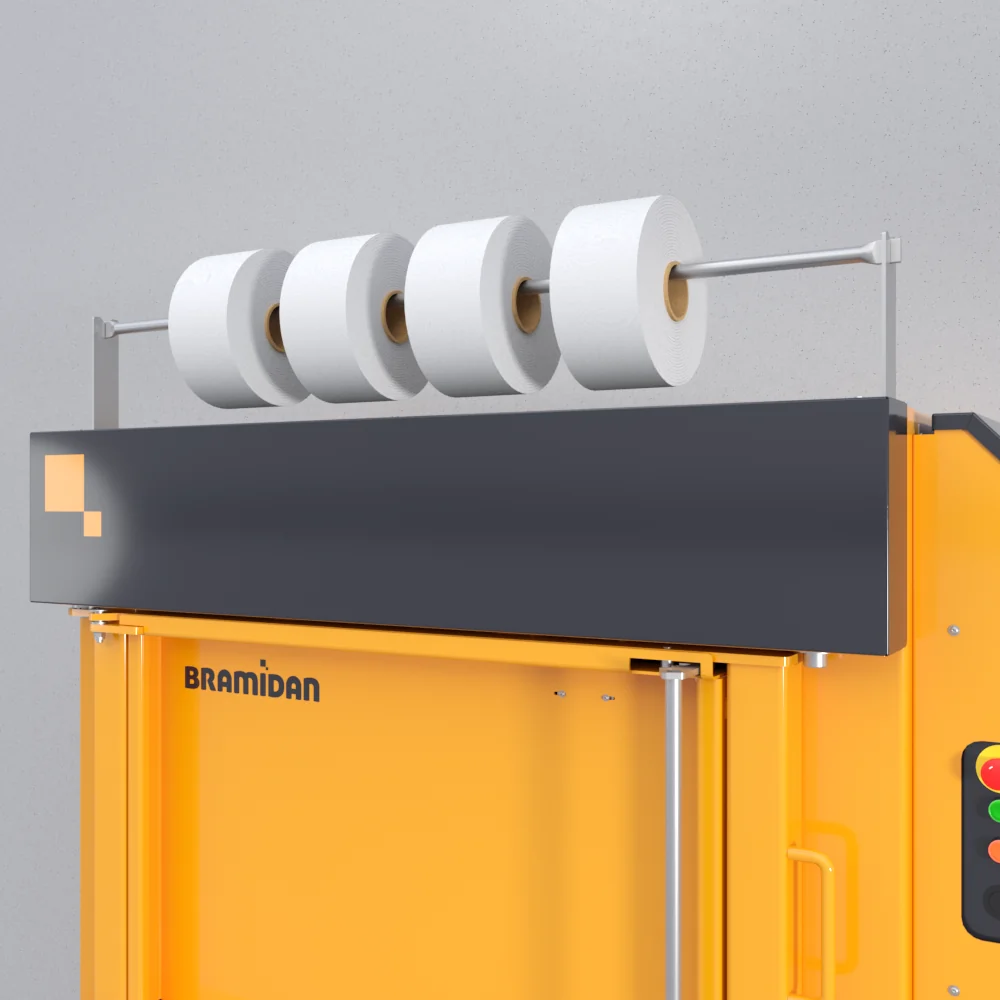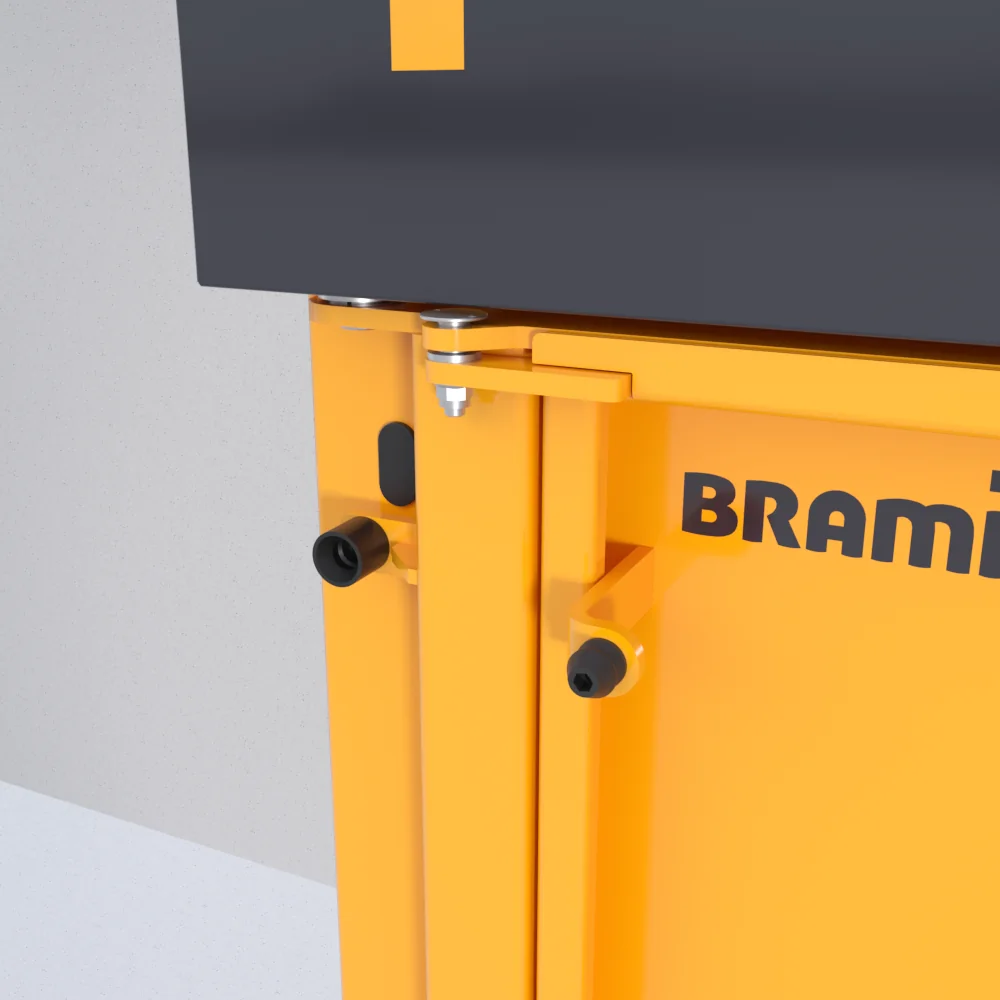VERTICAL BALER
Baler X30 HD
VERTICAL BALER
VERTICAL BALER
Handles irregularly shaped boxes
The wide feed opening is perfect for irregularly shaped materials that are space consuming, like large cardboard boxes.
Multi-functional baler
The X30 HD is a multi-functional baler suited for a variety of different materials including cans, bottles, jugs, big bags, and expandable plastics.
X30 HD – Superior baler for large quantities of waste:
- Compacts heavy-duty materials
- Perfect for most bulky waste
- Retainer dogs keep material compressed in chamber
- Maximum compaction of waste
- Powder Coating provides durable finish in many colors
Time-saving and easy waste handling
- Load your recyclables into vertical baler.
- A full-bale light tells you when the baler is full.
- Tie off and eject the compacted bale.
- Remove the bale with a pallet jack for storage untill collection.
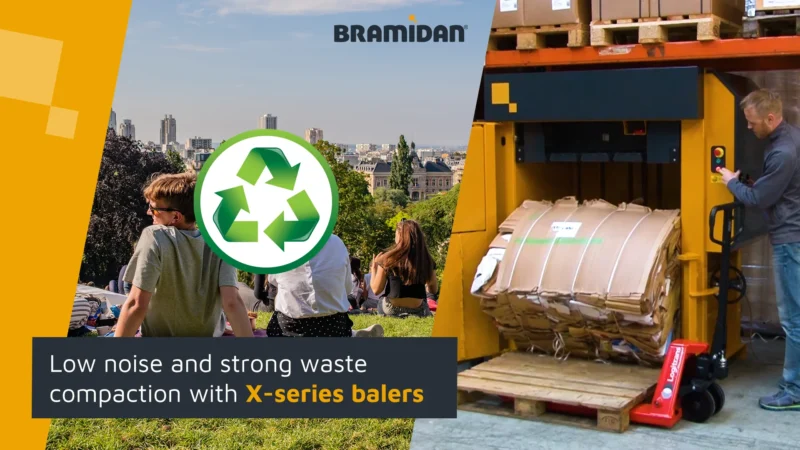
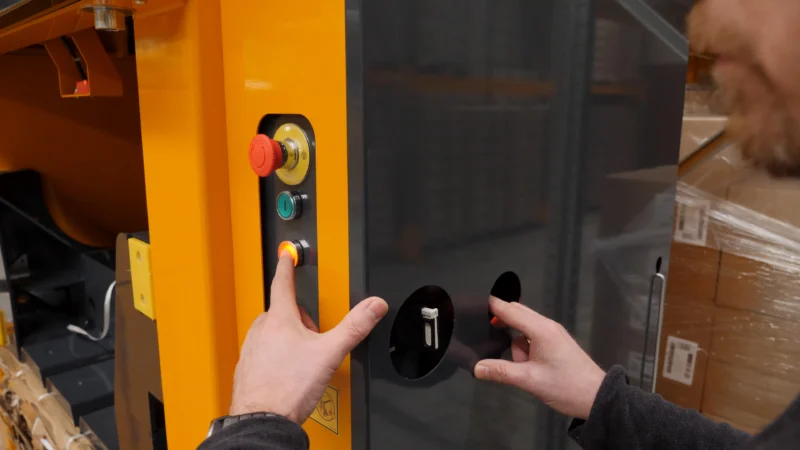
| Bale weight cardboard (lbs) | 600-775 |
| Bale weight plastic foil (lbs) | 775-1,000 |
| Press force (lbs) | 66,200 |
| Power supply | 208/230/480V 3-phase 60Hz |
| Motor (HP) | 5.5 |
| Noise Level (dB) | 59-60 |
| Cycle time avg. (sec) | 25 |
| Dimensions WxDxH (inch) | 69 x 50 x 91 |
| Weight (lbs) | 3,800 |
| Feed opening WxH (inch) | 43 x 26 |
| Load height (inch) | 45 |
| Chamber height (inch) | 66 |
| Stroke (inch) | 37 |
| Number of ties | 4 |
| Type of tying | Twine / Steel wire |
| Full bale light | Yes |
| Bale eject | Automatic |
| Waste volume | Medium |
Monitor & Analyze Your Equipment


Combine our BRA-IN services to fit your needs
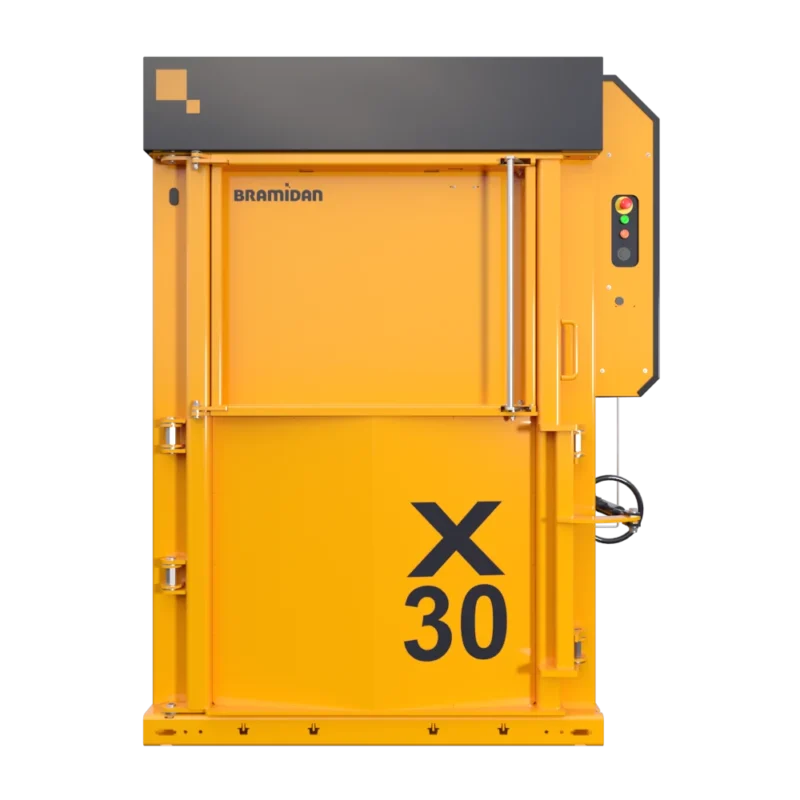
We offer a door solution that does not swing outwards. To allow more direct access to the chamber from all sides and provide more space around the baler, we have designed a manual vertical door that opens upwards on our B-series machines.
This door option is designed for sites with a narrow, limited amount of space.
Yes, we supply a draining add-on for select models. With this solution, you will be able to bale waste materials that contain liquids, such as aluminum cans and PET bottles.
To prevent splashing, our draining system also includes a seal for the bottom door.
Our B series machines all share the classic design with exterior cylinders. These machines were created specifically for baling cardboard, paper, and dry soft plastic (shrink wrap).
Our X series balers are our heavy-duty low-profile machines with interior cross cylinders. These machines were designed to handle various types of bulky waste materials. The X series balers provide a quiet working environment with the lowest noise level on the market.
Yes, it is possible to bale PET bottles. However, before compacting, the bottles need to be perforated or the lids taken completely off. If not, the trapped air inside of the bottles will cause a looser, less compact bale. PET is one of the most abundant materials. It is found in soda bottles, water bottles, drinking cups, and food containers.
PET bottles can be baled in our X-series model balers. For a tighter and more stable bale, we recommend placing a layer of cardboard on both the top and bottom of the finished bale.
A vertical baler is a machine that reduces the overall volume of your loose waste material by making a compact and tight bundle called a bale.
Using the filling opening, you can easily toss your loose cardboard or soft plastic into the baler. A press plate uses extreme force to compress the material by pushing downward. The material remains compacted due to the retainer dogs inside of the chamber of the baler.
Continue to throw material into the baler until you have compacted enough waste for a full bale. Then, the finished bale is manually tied off with polyblend strapping or wire. The size and weight of the finished bale are determined by the size of your baler.
The finished bales take up a limited amount of space and are easy to move. Baling your waste material offers you an easy solution for waste disposal.
Bramidan offers a variety of different baler designs that are perfect for handling your waste.
Our specialists are ready to advise you on the type of baler that will best suit the needs of your business. Please contact a member of our team for further information.
All of our balers are equipped with BRA-IN technology. BRA-IN is a web portal for intelligent fleet monitoring. Using a modem, machine data is collected.
With BRA-IN you can:
- Control your entire fleet of machines
- Receive a text message or email when there is a full bale
- Advise your recycler directly when a bale is ready for pickup
- Track the number of bales made over time
- Save time and money with remote service and troubleshooting
- Calculate the total cost of ownership
Fill in the form and we will contact you
Questions? Contact Us Today




